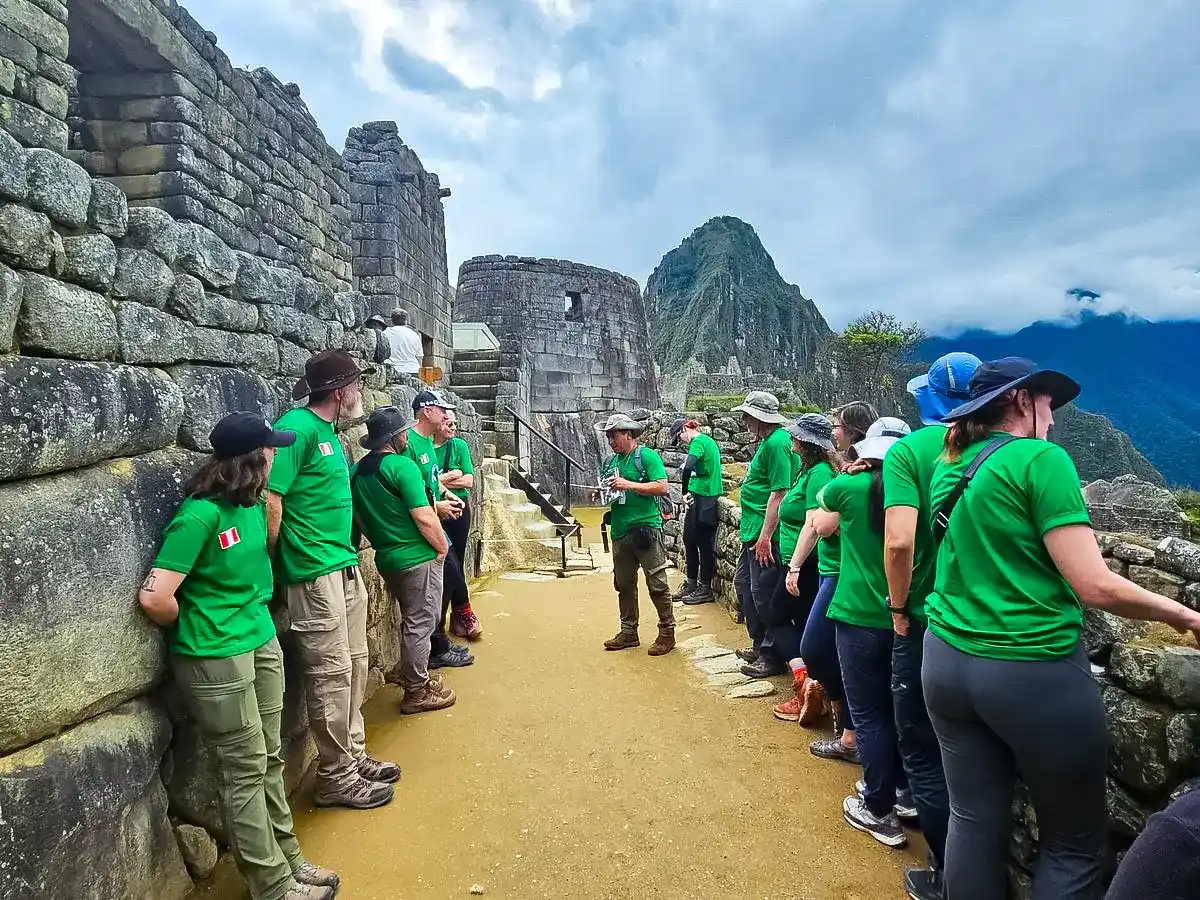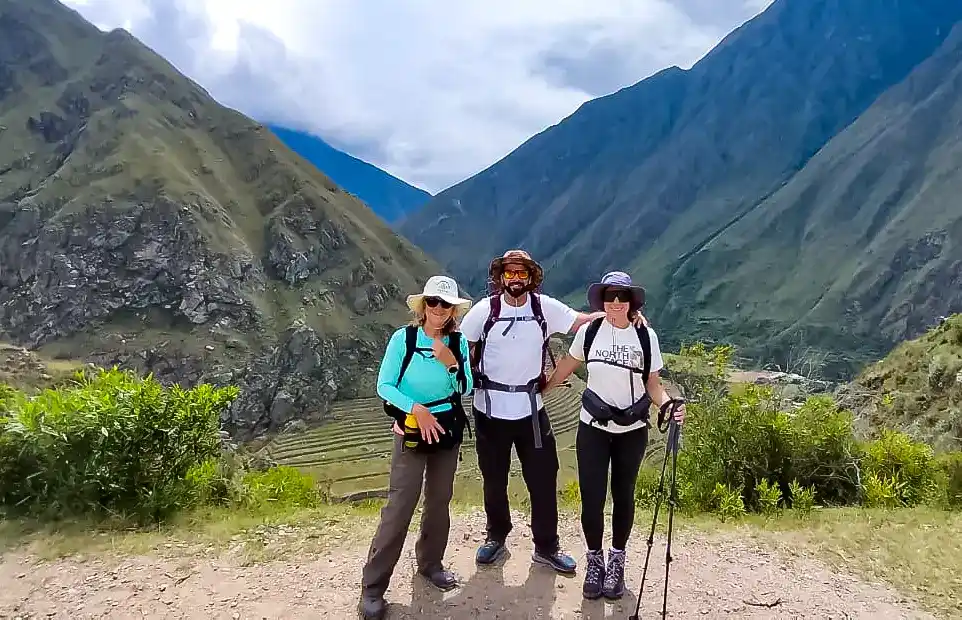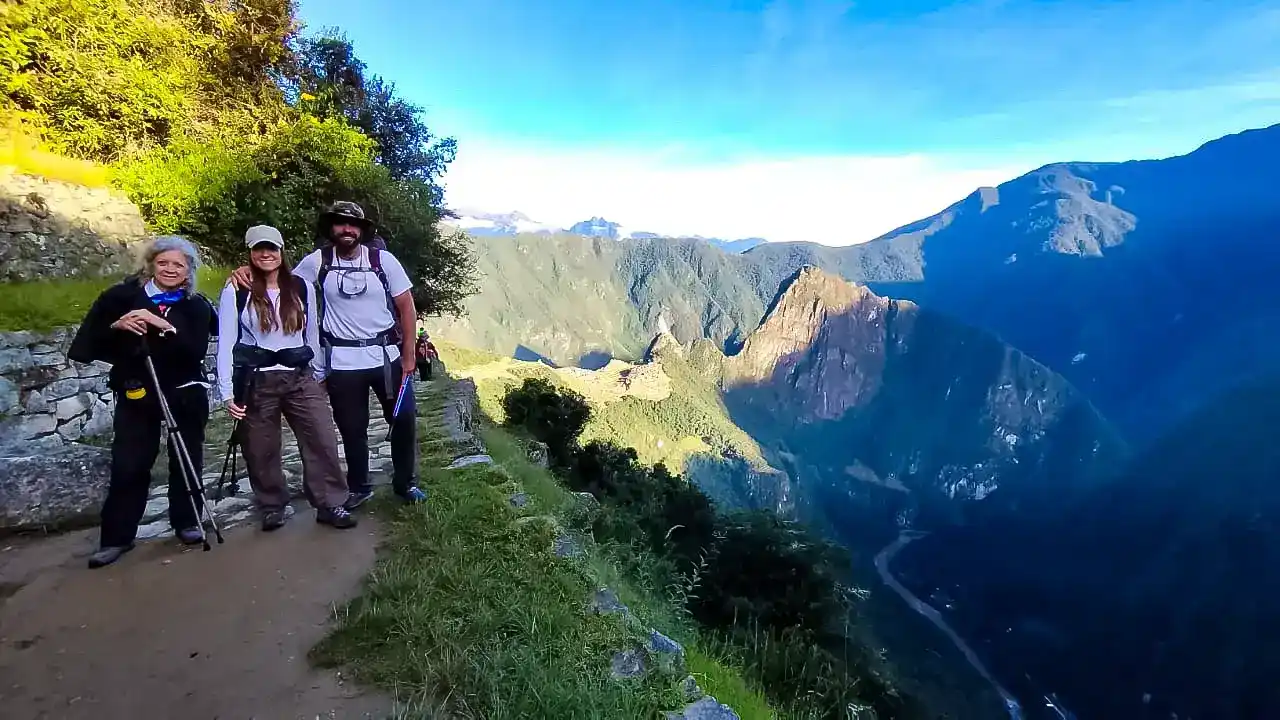
An Engineering Marvel of the Ancient World Welcome to our in-depth exploration of the Inca Road System, an incredible network of pathways that stands as a testament to the ingenuity and organizational skills of the Inca civilization. This blog will delve into the history, construction, significance, and modern legacy of the Inca roads, ensuring that you not only understand their importance but also appreciate their lasting impact on modern infrastructure and culture.
Book Your Inca Trail to Machu Picchu NowThe Inca Empire, which flourished in South America from the early 15th century until the Spanish conquest in the 16th century, was famous for its advanced engineering and architectural achievements. It built more than 40,000 km of roads that stretched across six countries, from Colombia to Chile. This enormous network, known as Qhapaq Ñan, was initiated by Pachacutec Inca Yupanqui and expanded by his successors. These roads connected the cities, mountains and coasts of the empire for military, economic and cultural purposes.
📌 Want to walk the same paths as the Incas? Try Classic 4-Day Inca Trail, ending directly at Machu Picchu’s Sun Gate.
The Inca engineers demonstrated exceptional skill in building roads that could withstand the harsh Andean environment. The road system included two main north-south routes: the Coastal Road and the Highland Road. Additionally, numerous transverse routes connected these main arteries, creating a comprehensive network.
🥾 Experience this engineering up close with our Short Inca Trail 2 Days trek.
The Inca Trail was vital to the empire’s success:
🌿 Want something less crowded? Check out our Alternative Treks to Machu Picchu..

Today, the Inca Road System is recognized as a UNESCO World Heritage Site, celebrated for its historical significance and engineering brilliance. Many sections of the original roadways are still in use, and they continue to inspire modern infrastructure projects. For instance, the Inca Trail to Machu Picchu remains one of the most popular trekking routes in the world, attracting thousands of tourists each year who seek to experience a piece of ancient history.
Check Real-Time Inca Trail Availability
Preserving the Inca roads poses significant challenges. Urbanization, agriculture, and natural erosion threaten the integrity of these ancient pathways. Efforts are underway to protect and restore critical sections of the road network, involving both local communities and international organizations.
Explore our most popular routes:
Contact us via WhatsApp or send us a message through our Contact Page, and our travel experts will assist you right away.
Inca Trail to Machu Picchu in 4 days Inca Trail to Machu Picchu in 2 days Inca Trail to Machu Picchu in 1 day
Salkantay Machu Picchu 5 days Salkantay Machu Picchu 4 days Salkantay Machu Picchu 3 days
Humantay Lagoon Full day Rainbow Mountain or Vinicunca Inti Raymi(Sun Festival) 2025 Paucartambo Fest and Tres Cruces
Huayna Picchu or Machu Picchu mountain? Entrance to Machu Picchu?

Commitment to quality, we have ISO 9001, ensuring excellence in our services.

With ISO 14001 we prioritize environmental sustainability, reducing our impact on the planet.

We are an official agency and tour operator, ensuring a unique and high quality travel experience.

Traveler's Choice Award in 2023, a testament to our dedication to exceptional travel experiences.